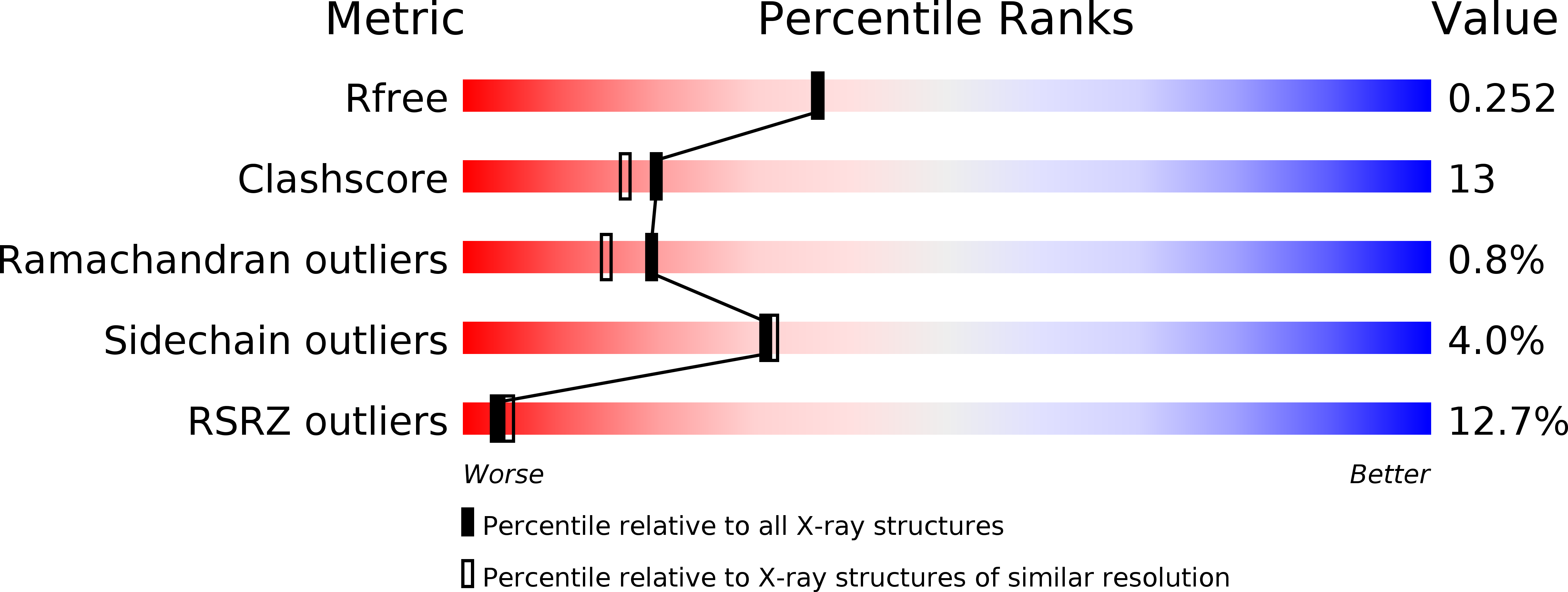
Deposition Date
2005-11-27
Release Date
2006-02-28
Last Version Date
2024-02-14
Entry Detail
PDB ID:
2F5U
Keywords:
Title:
Structural Characterization of the UL25 DNA Packaging Protein from Herpes Simplex Virus Type 1
Biological Source:
Source Organism:
Human herpesvirus 1 (Taxon ID: 10298)
Host Organism:
Method Details:
Experimental Method:
Resolution:
2.10 Å
R-Value Free:
0.25
R-Value Work:
0.22
R-Value Observed:
0.22
Space Group:
P 21 21 21


